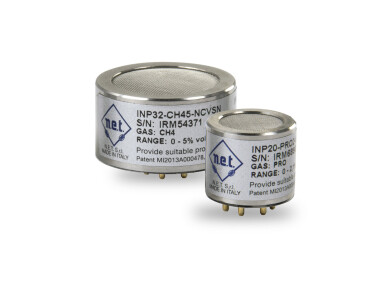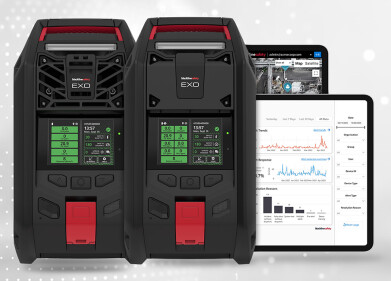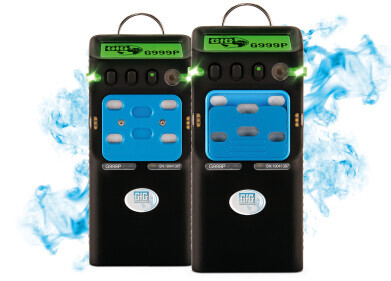Gas detector
How to Detect Combustible Gases
Jul 04 2014
The most accurate way to detect combustible gases is by using a dedicated gas detector. It’s important to know that there are many detector varieties, some of which identify combustible gases and others toxic gases.
The types of combustible gas detectors include catalytic bead sensors, explosimeters, infrared point sensors and infrared open path detectors. The technology used in each of these is unique, so the gases are identified in different ways.
Depending on the atmosphere they intend to protect, gas detectors can either be portable or fixed (to a wall or ceiling, for example). The types of alarms also vary, but the most common detectors use sound, light or a combination of both to alert people to the presence of gas.
You can read more about the latest developments in gas detection in the article Incorporating Newer Technologies into Your Gas Detection Program.
The Different Types of Combustible Gas Detectors
Catalytic bead sensor
There are two platinum coils within a catalytic bead sensor that are connected to an alumina bead which creates a circuit. Two pellistors are used to create a catalyst that promotes oxidation in one and inhibits it in the other. Using this process, the detector is set to a fixed temperature. The presence of a combustible gas raises the temperature of the detector, triggering the alarm. This type of detection system takes only a few seconds to recognise gas in the atmosphere and is therefore very efficient.
Explosimeter
An explosimeter is a small, portable device used to detect combustible gases within a sample. Much like the catalytic bead sensor, this detector works on subtle temperature increases. A wire within the explosimeter is heated to a normal temperature that the detector is programmed to recognise as safe. When a gas is present in the atmosphere the temperature increases, the wire becomes hotter and the alarm is triggered.
Infrared point sensor
This detector works by transmitting two infrared signals onto a beam splitter. These signals pass through a measuring path and are then reflected so the detector can measure the gas in the atmosphere. If a combustible gas is present, one of the signals will be reduced. When the detector registers the difference between the two signals, the alarm will be triggered.
Infrared open path detector
Unlike the infrared point sensor, this detector uses a sensor that can reach hundreds of metres and detect a combustible gas anywhere along that path. These are sought after detectors because they detect gas within an expansive atmosphere rather than a specific point.
To find out more about the differences and benefits of these types of detectors, read the article Infrared vs. Catalytic Bead Technology: Pros and Cons.
Digital Edition
PIN 25.5 Oct/Nov 2024
November 2024
Analytical Instrumentation - Picturing Viscosity – How Can a Viscometer or a Rheometer Benefit You? - Sustainable Grease Formulations: Evaluating Key Performance Parameters and Testing Method...
View all digital editions
Events
Jan 20 2025 San Diego, CA, USA
Jan 22 2025 Tokyo, Japan
Jan 25 2025 San Diego, CA, USA
SPE Hydraulic Fracturing Technology Conference and Exhibition
Feb 04 2025 The Woodlands, TX, USA
Feb 05 2025 Guangzhou, China



















